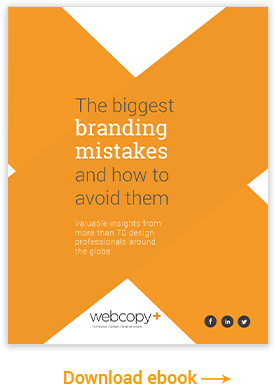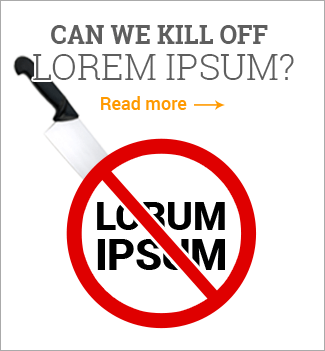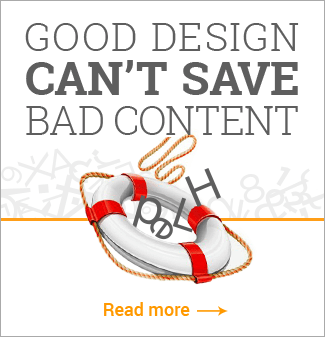Google has embarked on a public-relations offensive claiming it’s not so big as regulators are intensely scrutinizing its every move.
“Some analysts say that government opposition, here or in Europe, could pose the biggest threat to Google’s continued success,” noted New York Times’ Miguel Helft.
Experts are also saying the steady stream of headlines about antitrust investigations could taint Google’s image with consumers, who view the search engine company in a positive light.
To be sure, Google’s “Senior Competition Counsel” Dana Wagner faces a daunting task, considering:
- Google handles roughly two-thirds of all Internet searches.
- It owns the largest online video site, YouTube, which is more than 10 times more popular than its nearest competitor.
- In 2008, Google sold nearly $22 billion in advertising, more than any media company in the world.
But Wagner insists: “Competition is a click away.”
It’s true. Google is a search engine giant. But we need to remember, just a few years ago, Yahoo was on top of the world. And now Yahoo could lose its number two spot to Microsoft’s increasingly popular Bing.
Google’s got a grip on the market – for now. Fortunately, they still have worthy competitors gnawing away at their heels, looking for a bigger piece of the pie. It’ll keep them innovative and honest.
Read full story: Google Makes a Case That It Isn’t So Big.








